APL announced on 5th October the addition of Durres, Albania and Thessaloniki, Greece as new ports of call to its Mediterranean Express 1 (MX1) service, as well as Novorossiysk, Russia Black Sea and Poti, Georgia to the seaports which its Mediterranean Express 2 (MX2) service is calling. Currently, the improved MX1 service is calling at the ports of Qingdao, Busan, Yangshan, Ningbo, Xiamen, Nansha, Yantian, Singapore and Malta where shipments are trans-shipped to Durres and Thessaloniki. The refined MX2 service is now calling at Qingdao, Yangshan, Ningbo, Kaohsiung, Hong Kong, Yantian, Singapore and Piraeus where cargoes are trans-shipped to Novorossiysk and Poti.
Awilco Containers AS has been established as the wholly-owned container line subsidiary of Norwegian shipping company Awilco AS. The Oslo-based container shipping company had purchased four containerships as of 11th September. The second-hand tonnage includes the 42,112gt 2010-built AS Mariana and AS Mariella, the 41,331gt 2010 built AS Morgana and the 42,112gt 2009-built AS Magnolia, each with a capacity of 4,395 TEU. The company also has 50% percent ownership in two more containerships, the 4,250 TEU capacity and 40,542gt 2010 & 2011 built Zim Alabama (above) and Zim Texas.
CMA CGM announced in mid-September that it had signed time charter extensions with Global Ship Lease, Inc., a containership charter company for two 2,207 TEU containerships, the 26,061gt 2002 built Julie Delmas and the 26,061gt 2003 built Delmas Keta. The vessels will be chartered for a period of 12 months (plus or minus 45 days at charterer’s option) at a fixed rate of $7,800 per vessel per day, commencing 11th and 20th September respectively. Global Ship Lease owns 18 vessels with a total capacity of 82,312 TEU. On 19th September CMA CGM confirmed an order for nine 22,000 TEU capacity mega ships at Hudong-Zhonghua Shipbuilding (5 ships) and Shanghai Waigaoqiao Shipbuilding (4 ships) in China. The vessels will enter service from the end of 2019 on the Asia-Europe routes. On 2nd October CMA CGM announced that it had reached an agreement to purchase through its subsidiary, ANL, the majority of the shares in SOFRANA Unilines, a key player in the Pacific Islands regional maritime trade, by the end of October. SOFRANA Unilines operates directly or in partnership a fleet of 10 vessels on eight trade-lanes, serving 21 ports in Australia, New Zealand, Papua New Guinea and the Pacific islands. With successful operations in the South Pacific region for almost 50 years, SOFRANA will provide enhanced port coverage to ANL and CMA CGM in this area. ANL already offers 16 trade lanes servicing major ports throughout Australia, New Zealand, Papua New Guinea, North Asia, South East Asia, Indian Subcontinent and North America. The newly combined group, SOFRANA ANL, will join CMA CGM’s large portfolio of regional experts, OPDR and MacAndrews in Europe and CNC in Asia. In addition to this, CMA CGM announced in June plans to acquire Mercosul Line to build up its operations in Brazil.
CMA CGM’s newbuild New Panamax containership CMA CGM Lisa Marie suffered a mechanical failure during sea trials on 20th September upon becoming disabled in stormy weather and 6.4m waves. The ship was successfully taken in tow back to the Zhoushan Xinya Shipyard, where the ship was said to be undergoing necessary repairs. There were reportedly 164 people aboard the 10,926 TEU capacity ship at the time.
As of 15th November CMA CGM introduced an additional product to East Africa in the form of a direct service to Mozambique, an improved connectivity for Europe, North America origins and increased export East Africa capacity. Three direct weekly services calling at 11 ports in East Africa are offered with a total operated fleet of 14 vessels of up to 3,500 TEU capacity per ship. The launch of the NOURA 1 service offers a 2nd call in Mombasa to complement the Swahili Express service, plus a direct weekly call in Mogadishu. The current NOURA 2 service, dedicated to the Indian Ocean strategic market, will also expand to Mozambique in Beira and Nacala with fast transit times. The Swahili Express service remains unchanged.
Starting 21st October another new service, the Indian Ocean Feeder 4 significantly increases CMA CGM’s service offering on North Madagascar and Mayotte through the strategic operational hub in Pointe des Galets, Reunion.
The port of Tripoli, Lebanon’s second largest commercial port after Beirut, is now served on a weekly basis via the WEMED service linking the eastern Mediterranean countries with those in the west. The port of Tripoli will become the second stop in Lebanon and this new service is aimed at local exporters located in northern Lebanon, who generate more than 20% of the country’s trade volumes. The rotation will be – Marseille, Livorno, Civitavecchia, Malta, Mersin, Iskenderun, Tripoli, Beirut, Damietta, Alexandria, Malta, Algiers, and Marseille. Four vessels are deployed on this line with a nominal capacity of 1,200-1,700 TEUs.
Diana Containerships Inc. announced on 5th October that it had entered into an agreement to sell up to seven of its containerships for an aggregate purchase price of up to $104.0 million to an unaffiliated third party. Separate Memoranda of Agreements were signed for each vessel. The sale and purchase of the vessels is subject to the purchaser obtaining certain minimum financing. Depending on the level and timing of financing the buyer is able to obtain, the actual number of vessels to be sold to the buyer may be fewer than the seven, and will in each case be at prices that have been agreed to by the Company and the Purchaser as of the announcement date. The Net proceeds will repay certain credit agreements.
Hapag-Lloyd revealed in September that it had ordered 7,700 New Reefer Containers following the merger with UASC. These consist of 7,000 x 40-foot and 700 x 20-foot units. In addition, 1,000 of the new containers will be equipped with “Controlled Atmosphere” technology, which slows down the ripening process of various types of fruits and vegetables, thereby allowing them to be transported for longer periods of time while maintaining a consistent quality. Production will already begin in September. For the first time, 1,000 of the new 40-foot containers will be manufactured in a plant in San Antonio, Chile, a region in which they are in high demand. As a result, it will be possible to reduce the necessary shifting of empty containers from alternative production sites, which saves both time and money in terms of empty transports.
Three of UASC’s 48,154gt A4-class ships have been withdrawn for environmentally friendly dismantling at certified shipyards in Turkey and China. The ships in question were the Deira, Najran (above) and Sakaka. These ships have a capacity of 4,101 TEU each and were delivered to UASC from Japanese shipyards in 28th September the company announced delivery of the 153,148gt and 15,000 TEU capacity Al Jmeliyah at the Hyundai Samho Heavy Industries (HSHI) shipyard in South Korea. This ULCV is the last in a series of 17 newbuilds contracted to HSHI by UASC in the summer of 2013. The series comprised eleven 15,000 TEU and six 19,900 TEU ships, the first of which was delivered in 2015. Following the merger at the end of May this year, these units are now all part of the Hapag-Lloyd fleet, which currently consists of 219 ships, making it the fifth-largest liner shipping company in the world. The 368m long and 51m beam Al Jmeliyah began operating over the weekend of 30th September/1st October on the FE4 service of THE Alliance between Asia and Northern Europe, just like her sister ship, the Afif, which was delivered in July. The name of the new ship means “the beautiful one” in Arabic. The following month the last in a series of 17 containership new builds, comprising 11 ships of 15,000 TEU and six of 19,900 TEU, ordered by UASC in 2013 was delivered in the form of the 15,000 TEU capacity Al Emily, a sister to the Al Jmeliyah.

Maersk Line, among other major carriers, has been diverting large mainline ships to the Canary Islands due to ongoing congestion issues in the west Mediterranean hub ports of Algeciras and Tanger Med. Maersk temporarily used Las Palmas and Santa Cruz de Tenerife to perform transhipment operations between high capacity east-west services, north-south services, and regional African port loops.
Mediterranean Shipping Company (MSC) has opted for South Korean shipbuilder Daewoo Shipbuilding and Marine Engineering (DSME) to construct eleven 22,000 TEU capacity containerships for MSC’s container fleet. The order was confirmed by the company with terms yet to be disclosed. The new ships will see a cascade of chartered 13,000/14,000 TEU capacity tonnage out of the fleet. MSC’s decision follows the nine 22,000 TEU ships ordered by CMA CGM just days earlier.
The 107,551gt 2006 built and 9,115 TEU capacity MSC Ines (above) was blown aground across the access channel of the port of Durban on 10th October during a storm which also grounded other vessels that were torn from their moorings, namely the 30,521gt 2015 built tanker Bow Triumph, 91,621gt 2010 built containership SM New York, a new TNPA tug under construction, a floating dock at the South African Shipyards facility, the 107,849gt 2005 built MSC Susanna and the 30,822gt 2005 built Maritime Newanda. The port reopened on 12th October when the ships had been refloated.
MPC Container Ships has added a further three ships to its fleet, bringing its fleet to 23 vessels. The company has acquired the 32,968gt 2006 built and 2,846 TEU capacity HS Onore (above), to be renamed AS Clarita, as well as a majority share in 26,833gt 2004 built and 2,556 TEU sister ships, Rio Teslin and Rio Thelon. The total equity investment for the three vessels is $21.6 million, including working capital requirements and dry-dock reserves. MPC Container Ships was set up by Germany’s MPC Capital in April, listing in Oslo, with a focus to own and operate a portfolio of feeder container ships between 1,000 and 3,000 TEU capacity.
Regional Container Lines (RCL), Gold Star Line, KMTC, TS Line and SM Line have announced plans to launch a new service connecting China, Pakistan and the Middle East. To be known as the RCL Pakistan Middle East, the service will be operated by six vessels of the 5,000-6,500 TEU capacity range. The port rotation will be Xingang/Qingdao/Shanghai/Ningbo/ Shekou/Port Klang/ Colombo/Karachi/Jebel Ali/Colombo/Port Klang/Singapore and Xingang. The service’s maiden voyage was on 17th November using a Gold Star vessel.
The Port of Felixstowe received its 100th mega containership (+18,000 TEU capacity) on 21st September in the form of the 194,849gt 2014 built 18,270 TEU Matz Maersk (above) operating the 2M Alliance’s AE10/NEU2 service between Europe and Asia. The other ultra-large container vessels with scheduled calls that same week, which happened to be London International Shipping Week, were the OOCL Hong Kong (21,413 TEU), MSC Ditte (19,224 TEU), CSCL Indian Ocean (19,100 TEU), CSCL Globe (19,100 TEU), the MSC Sveva (19,224 TEU) and the mere 17,816 TEU Emma Maersk.
Seaspan Corporation accepted delivery of the 11,000 TEU capacity 113,112gt Saver Class Containership MSC Shreya B (above) in September and she immediately commenced a bareboat charter with MSC as her name would suggest, for a period of seventeen years. Upon completion of the bareboat charter period, MSC is obligated to purchase the vessel for a pre-determined amount. The ship is Seaspan’s second 11,000 TEU Saver Class design ship in a series of five under bareboat charter to MSC, and their third vessel delivery in 2017, expanding the fleet to 87 ships.
Shreyas Shipping & Logistics, an Indian feeder container company, has sold the 6,942gt 1989 built and 570 TEU capacity SSL Sagarmala for scrapping. The company has also taken delivery of the 16,145gt 2003 built and 1,500 TEU capacity SSL Ganga, 39,941gt 2003 built and 4,200 TEU capacity SSL Brahmaputra and 8,407gt 2007 built and 650 TEU capacity SSL Balaji. The SSL Brahmaputra becomes the largest ship in the fleet.

THE Alliance created a fund as of 14th September to stop a second Hanjin from damaging the industry. The $350m contingency fund is to be established in case a member of the Japanese-led shipping group THE Alliance becomes financially troubled. Under the new agreement, the member carriers, Hapag-Lloyd, K Line, MOL, NYK, and Yang Ming, will help a participating line recover from insolvency or financial distress should the situation occur. Each line shares vessels and charters and exchanges space on each other’s ships, however, the bankruptcy of container shipping line Hanjin (once the seventh largest carrier in the world) has served as a wake-up call to the maritime industry. Hanjin’s failure left more than US$14 billion worth of cargo stranded at sea on 100 ships around the globe. Each carrier is initially contributing US$1 million to the contingency trust fund and a further $9 million in additional funds or through a letter of credit. Hanjin was once part of the CKYHE Alliance, which consisted of Cosco Container Lines, K Line, Yang Ming Line, Hanjin Shipping, and Evergreen Line before the bankruptcy of its largest member forced the group to disband.
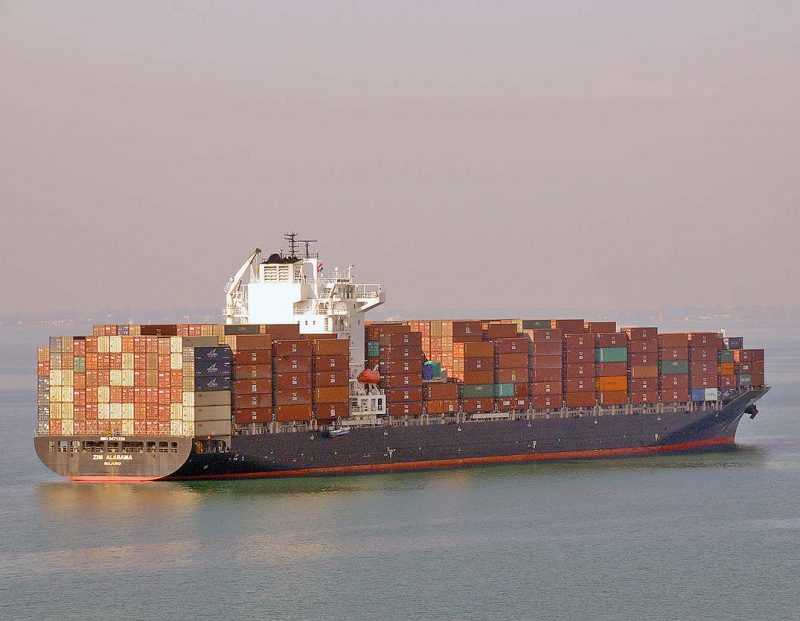
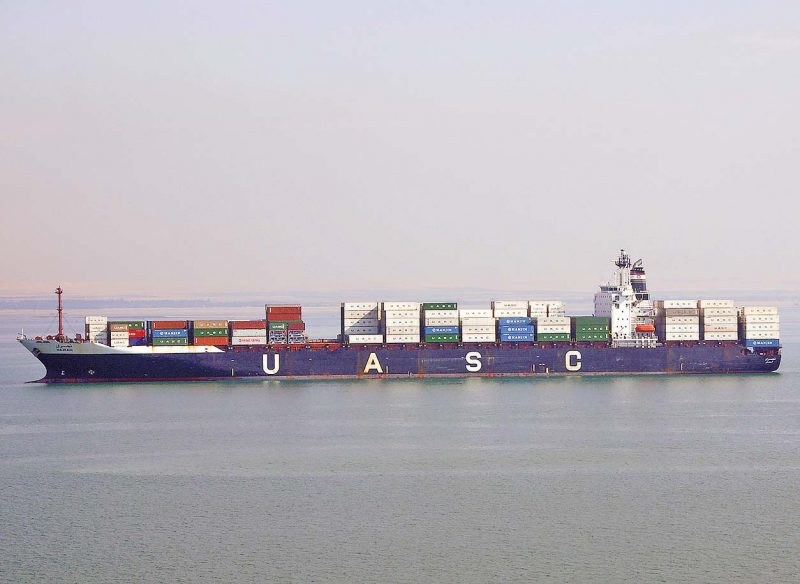
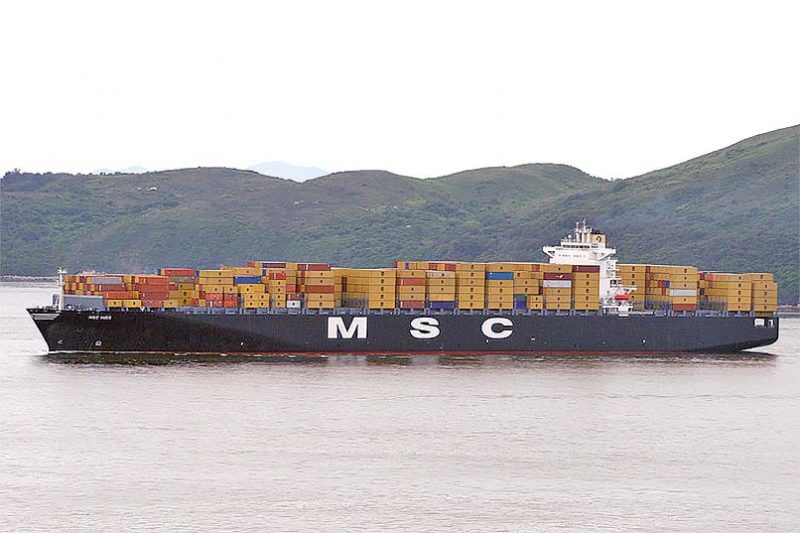
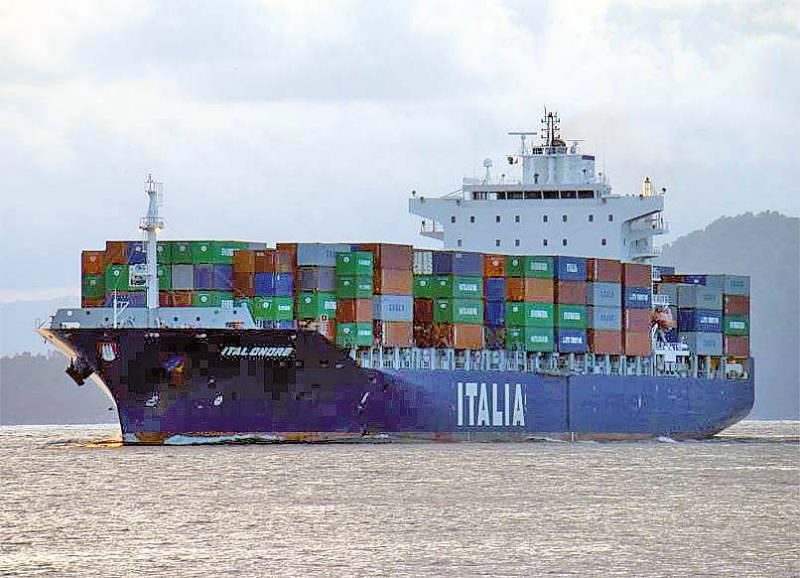
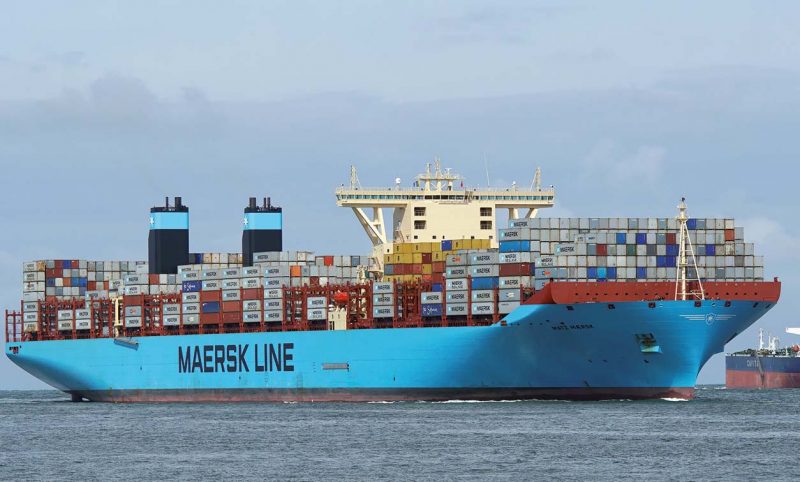
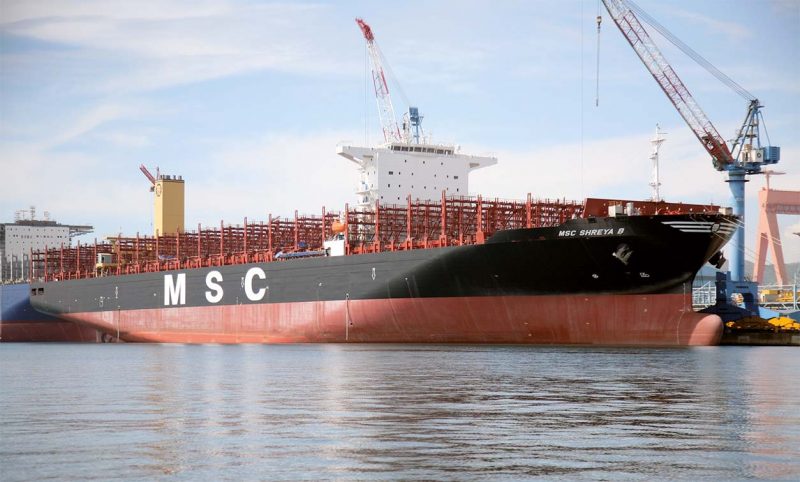
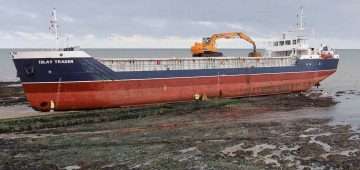



Comments
Sorry, comments are closed for this item